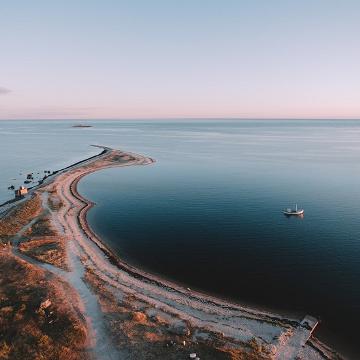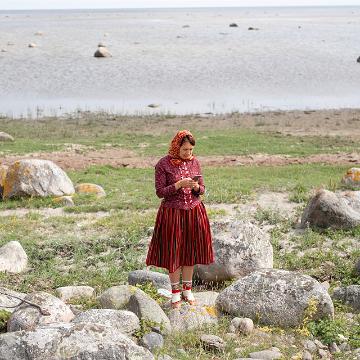Illustrated by numbers: visitors' and overnights' data
Who are the travellers who come to Estonia? From which countries? How many are there? Here's a detailed overview:
For more detailed information contact Ms Piret Kallas, Visit Estonia's Tourism Research Coordinator, piret.kallas@eas.ee























